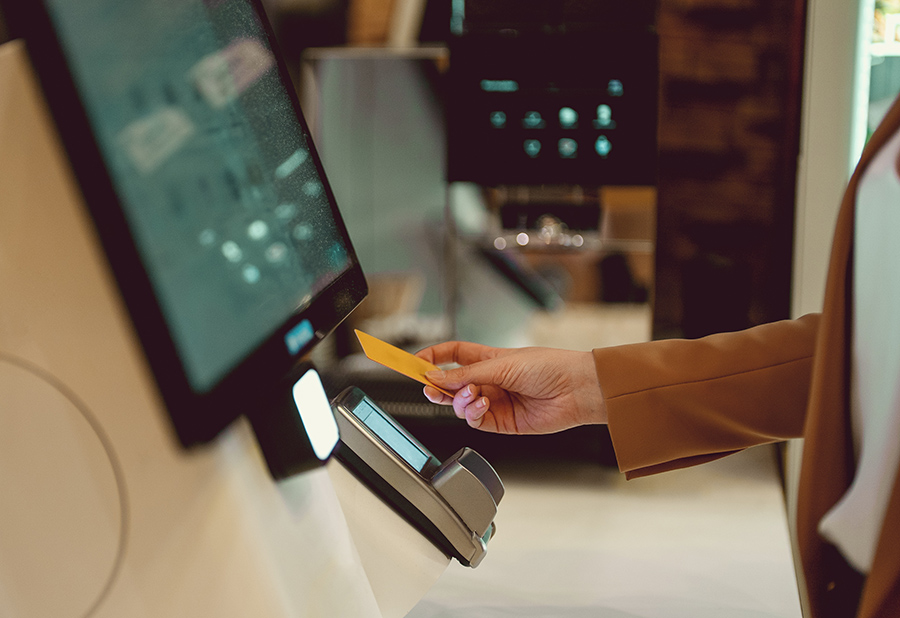Augmented Reality Uses in Retail
There’s no denying that augmented reality (AR) will be mainstream before we know it. With the success of Pokémon Go last year among other efficacious attempts at using AR for general use, new opportunities appear every day for AR technology. That said, this digital layer will surely become commonplace in areas such as retail, including financial services as businesses attempt to engage more effectively with customers. Although this might seem “far off” today, the future is quickly approaching as rumors fly about Apple adding AR to the next round of iPhone. Because of this, retail needs to prepare sooner rather than later for AR and take advantage of this technology, otherwise businesses will get left behind. The following are some of the ways AR is disrupting retail – for the better.
Enhanced Customer Service
Many retailers are already using AR apps to help customers find store locations closest to them. As users navigate through the city, they can use their phone screen in real-time to get the information they need. Similarly, some stores are leveraging AR app capabilities by allowing potential customers to get detailed information about products – literally as they pass a store on the street or even sit on their couch! Users may find such apps to be more engaging for things such as price calculation or 3D overlay of the product through a virtual environment.
Reaching Millennials
At the core of retails consumers and staff are tech-savvy millennials. This group however, is looking to new offerings from PayPal, Google, or Apple rather than other options. Many say they won’t even be using brick and mortal locations in the future. Due to millennials desire for new technology, video games, and smartphones, as well as their zero tolerance for “boring” or complicated content, millennials are having a difficult time engaging with traditional brick-and-mortar banking activities. This is where the AR apps can really come into play for retail locations. If retail immerses the new generation with a technology they are comfortable with, the opportunities then become endless.
What’s Next?
Already retailers are testing AR for their non-customer facing processes. Examples include virtual opportunities in banking such as to see and manipulate large volumes of complex data in real time. Yet, for the average retail banking user, AR will need to appeal slightly difference. For example, users might use a finance app to recognize the specs and price of a product then overlay the info to their real world view. The app may use AR to help illustrate various options for loans and repayment amount options. Then, users could complete immediately through their device using integrated biometrics. The retail experience is virtually transformed with AR enabling users to practically have a hands-on experience in real-time, yet on their own time. Now is the time for retailers to act. For banks that don’t act fast enough and get on the AR bandwagon, they run the risk of a start-up passing them by. This missed opportunity and failure to step up at a time when Google, Apple and other big tech players are using AR in all the right places, means loss of business – in a big way! To get started now, retailers must evaluate how they can integrate AR enabled processes with back office customer data and middle office decision management processes. By doing so, they will provide useful information to front end applications and deliver the seamless experience customers demand. In essence, retailers must keep their eyes on the horizon. The future is AR. Although it is just emerging in the industry now, retailers need to jump on this opportunity and get started.








